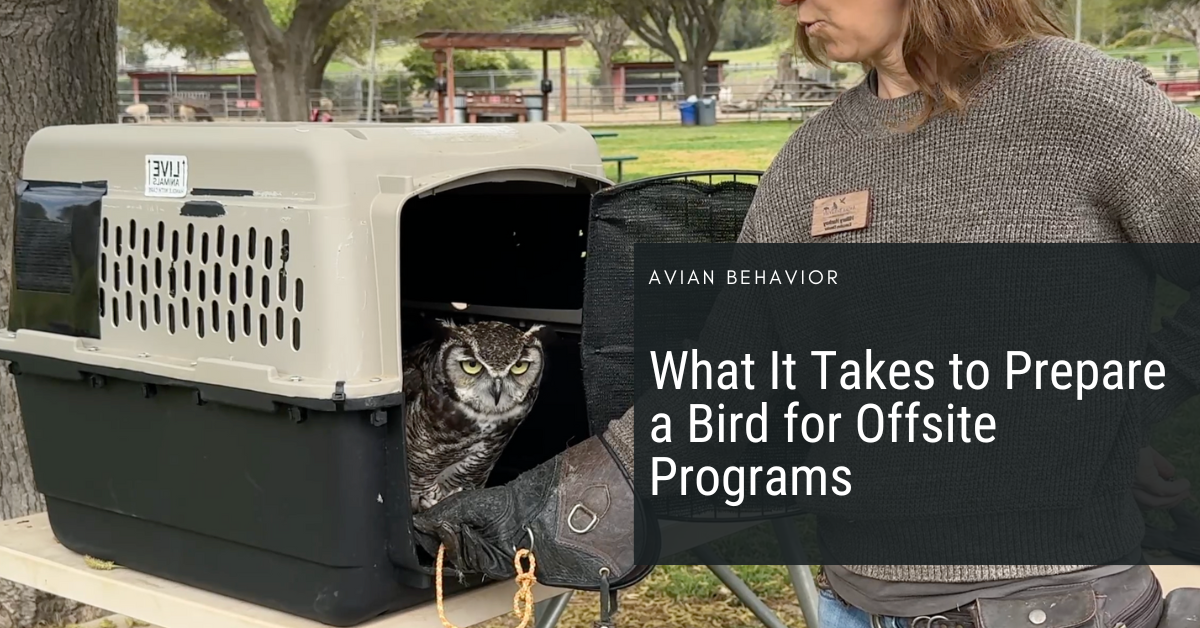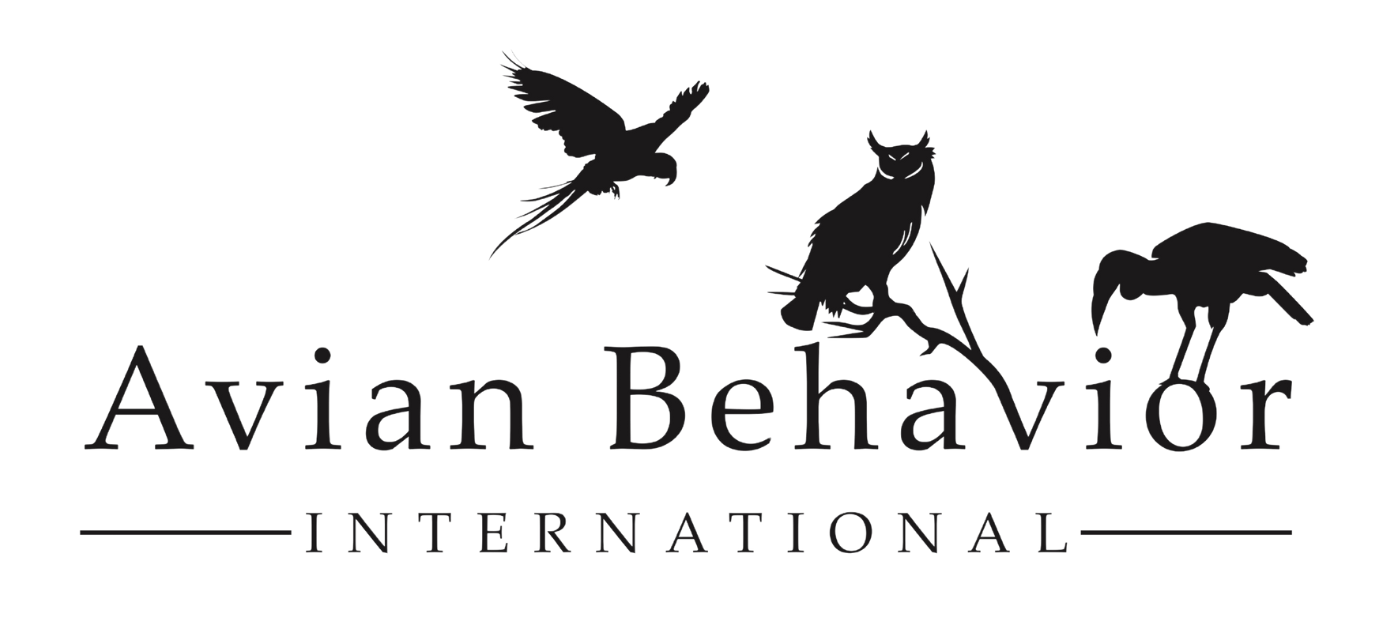
16 Oct What It Takes to Prepare a Bird for Offsite Programs
October is usually our busiest offsite program month. Be it the spooky season, and people can’t get enough of our owls or school programming getting into the swing of the year. That means our birds are on the move. Our staff shifts our training goals so that the birds are comfortable with all of the different skills that come with outreach. We have a dedicated offsite team of birds, such as our great horned owl and Swainson’s hawk, but some birds can double for both onsite and off, especially if an event calls for birds to do a flighted program.
So what does it take for a bird to be comfortable doing an offsite program, and how can you tell the difference between a bird that’s comfortable and one that is uncomfortable?
Let’s start with what the difference between a comfortable versus an uncomfortable bird looks like. Comfortable birds step out of and back into their travel carriers voluntarily. It’s okay if it takes a beat or two for them to assess the situation. That is totally normal! It means your bird isn’t blindly following their hunger levels to the next step without looking for threats. Ed Vargas refers to this in The Flying of Falcons, when he recalls the times when he has lost his falcons to predation by golden eagles are the times when the birds were too hungry and too focused on their quarry to assess the threat level in the immediate environment. Uncomfortable birds may huddle at the back of the crate, or attempt to get into an open crate as soon as they see it.
Comfortable birds take food tidbits from their handlers in a program. They may not take larger food items. In fact, our smaller owls prefer mealworms even to small mouse tidbits, as these are less likely to be a liability when consuming because they don’t have to divide their focus. This is an important thing to think about when considering how to reinforce. We want our birds to have the most high value food items reserved for offsite program and offsite practice. However, that value is an elastic concept, and what is high value at home may be different on the road. Uncomfortable birds will not take food or hold it passively in their beak and let it drop.
Comfortable birds generally look around calmly. An owl that slow blinks, darts their head arond, stares, turns their head so their eyes are showing or squints the entire time could be attempting conceal their presence in the best way they know how.
Last week, our Saker falcon, Halley, flew two times at a homecoming football came. This meant she had to fly under bright lights, an announcer, teams of cheerleaders with pompoms, a band, and full audience pounding their feet. How on earth do you get a bird prepared for that?
Let’s take it back a few steps. First, each individual bird and environment might take a different sequence of events. But the general skills needed are that the bird needs to voluntarily do the following things:
Step up
Sit on the glove
Leave the mews/aviary
Crate
Transport
Perform a few behaviors (glove sitting, hop to perch, interpretative behaviors if bird is more mobile)
These behaviors are not necessarily trained in this particular order, and that’s because every bird’s environmental conditions are different. For instance, one of the principles we work hard to achieve is to deliver as little food as possible from trainer to raptor in the mews. When we make this a consistent practice, such as through daily training, raptors can show more territorial behaviors and they can get grabby with food. It can seem as though they are more motivated for food than they actually are because they are hyped up about food delivery in their home space, which can also lead to the inadvertent reinforcement of sloppier behaviors. This can stymie crate training if it’s done only in the mews. This is why we try to get crate training done in a secondary outside of the mews; it’s a pretty challenging behavior to ask a raptor to walk voluntarily into an enclosed space. Crate training could take a while for some birds!
So what if you don’t have this enclosed space for crate training? This is where I would recommend building up a few other behaviors first. Tap targets to perches and tables can help build trust, mechanics and timing, especially if your bird doesn’t get on the glove yet. You can work on husbandry behaviors such as targets, stepping on to a nail trim bridge, and getting on to a scale. While these may not seem like they apply directly to program training, the more cued behaviors your bird engages with voluntarily, the easier it will be to shape more challenging behaviors.
The other ingredient to our success for offsite programming is that before we start training transport behaviors, we train to fluency something the bird can do once they get there. This can be as simple as having a familiar perch or table that they step on to and step off (the key is familiar). Have you ever been to a party or event where you hardly knew anyone or you were not getting good feedback that starting conversation was tedious at best? Perhaps I am showing off my true introvert colors, but I have done this a handful of times, and it can make the difference in how willing you are to make that a habit. It depends on how good your skills are at working the room, right? Birds of prey can show a lot of site fidelity to their territories and therefor can be quite territorial, such that when owls are translocated to a new territory, survival rates can be pretty low (Doublet et al., 2022). This can translate to being uncomfortable to being taken to new locations for programming if they aren’t carefully conditioned to this process.
Our audiences are becoming more aware of what a stressed bird might look like, or perhaps they need interpretation in understanding why the role of ambassador birds is critical to conservation. This is why a thorough training program is so important to our collective mission: to support each other in expertise and as scientific practitioners.
So back to Halley the Saker falcon flying at the high school football game. We were not able to recreate all of the criteria to ensure she knew exactly what would be expected of her that warm fall evening. Instead, we had a built up history of flying in various locations, from resorts to wineries, funerals to festivals, all with much less of a crowd than a packed stadium. She had never flown under lights before, never with forty pairs of pompoms, an announcer, stomping feet on aluminum bleachers, or football players running on to the field.
We flew her at baseball practices under the lights with young baseball players as part of her training, noise and music, and made sure she was as fit as a fiddle and used to flying multiple times a day. And then we showed up! She flew beautifully, wrapping around the bleachers, up over the audience and landing perfectly on the field. Twice. We couldn’t have been happier. Between fitness and training, Halley showed off her warrior princess side once again.
If you are having trouble getting your bird ready for programs, we have your back! One of our most recent workshop attendees had her red tailed hawk moving out of the mews and to the amphitheater for programs within THREE DAYS after the workshop having been stuck for at least two years. Check out our course inside the Avian Behavior Lab, getting your bird to their first offsite program

